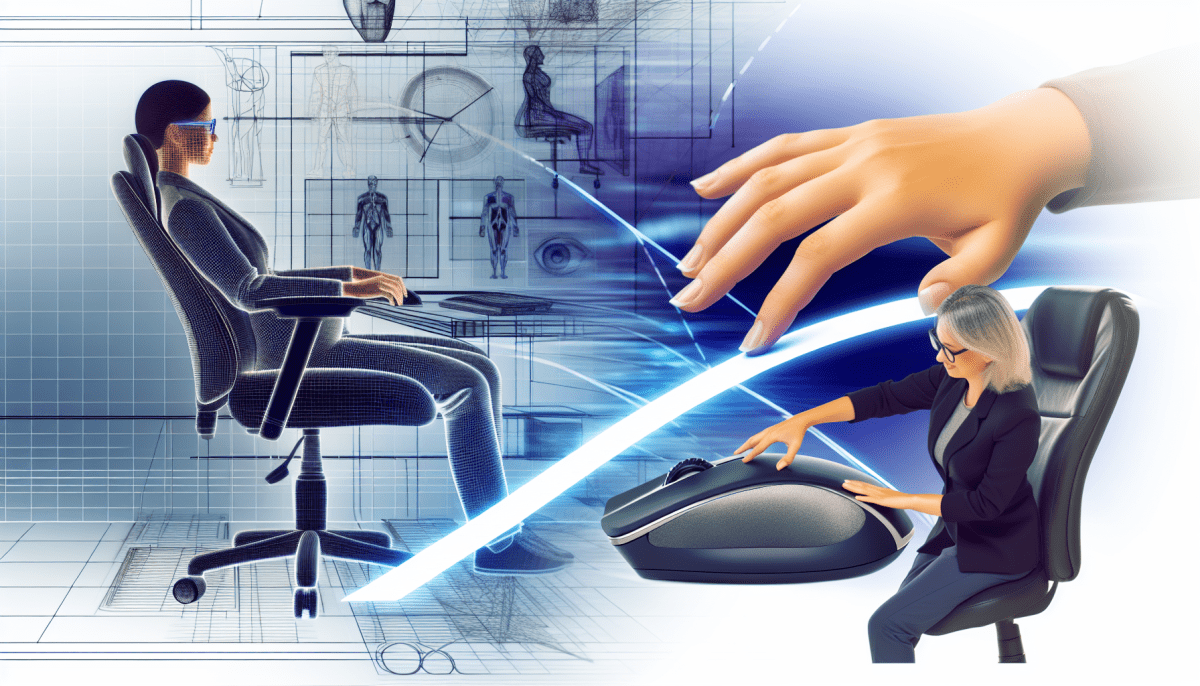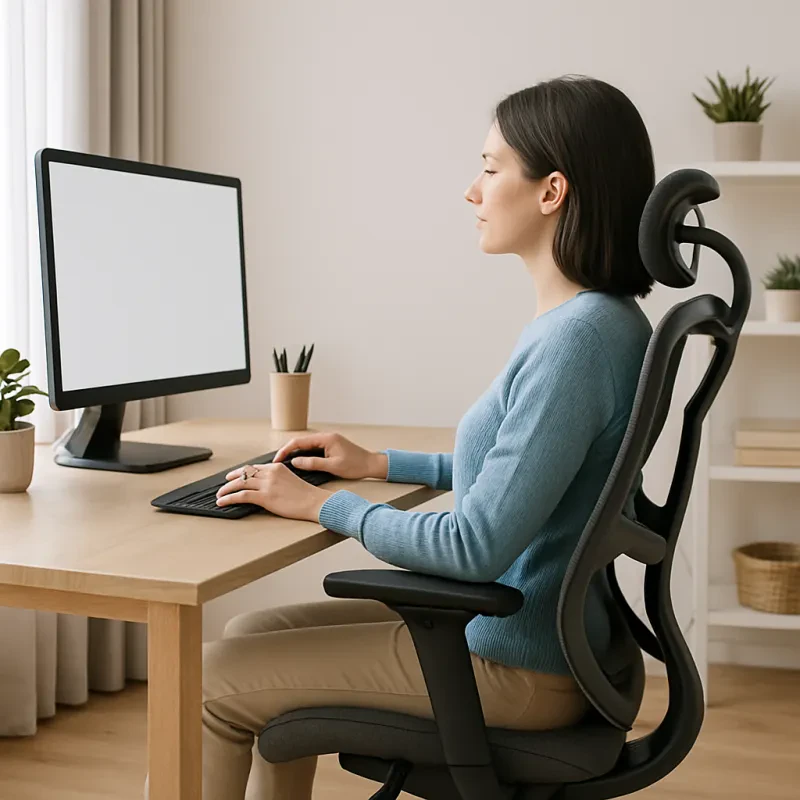In today’s world of standing desks, curved keyboards, and lumbar-support chairs, “ergonomic” has become a household word. But what does it actually mean? Who decides what’s ergonomic—and how?
It turns out, ergonomics isn’t just a marketing label. It’s a science—a multidisciplinary field where engineers, doctors, designers, and psychologists work together to make everyday environments more human-friendly. Whether you're working from home, gaming for hours, or doing physical labor, ergonomics is behind the scenes, quietly shaping your comfort, health, and performance.
What Is Ergonomics?
At its core, ergonomics is the science of fitting environments, products, and tasks to the people who use them. The goal is simple: reduce discomfort, prevent injury, and improve efficiency.
The word comes from Greek: ergon (work) and nomos (laws). But ergonomics isn’t limited to just work. It’s relevant anywhere the human body interacts with tools, technology, or space—from a dentist’s stool to a gaming mouse.
Why Ergonomics Matters
You’ve probably felt the difference: a chair that supports your back vs. one that leaves you sore. A keyboard that aligns with your wrists vs. one that cramps them. These aren’t just comfort issues—they’re health concerns.
Poor ergonomic design contributes to:
-
Repetitive strain injuries (like carpal tunnel syndrome)
-
Lower back pain and sciatica
-
Neck and shoulder tension
-
Eyestrain and fatigue
-
Long-term musculoskeletal disorders
On the flip side, well-designed tools and setups:
-
Increase comfort and reduce pain
-
Improve productivity and focus
-
Support physical and mental well-being
Disciplines That Shape Ergonomics
Ergonomic products and systems are rarely the result of one person’s opinion. They’re born from collaboration across several disciplines:
1. Biomechanics
Biomechanics looks at how the body moves and how forces affect it. It helps designers understand:
-
How much pressure a seat puts on the lower back
-
The ideal angle for typing or viewing a screen
-
How to avoid unnatural wrist or neck positions
2. Human Factors Engineering
This branch focuses on making tools and systems easier and safer to use. Think:
-
User-friendly interfaces
-
Logical workflow layouts
-
Devices that reduce human error
3. Medical and Health Sciences
Doctors, chiropractors, and physical therapists contribute real-world knowledge about injuries, anatomy, and recovery. They inform design based on:
-
Common causes of pain and injury
-
Medical guidelines for posture
-
Therapy tools and aids
4. Cognitive Science and Psychology
Not all ergonomics is physical. Mental ergonomics matters too. Experts in this field study:
-
How we concentrate
-
How fatigue sets in
-
How layout and lighting affect our brains
5. Industrial and Product Design
Once the science is mapped out, designers make it real. They blend form and function to create:
-
Adjustable chairs and desks
-
Mice and keyboards that feel natural
-
Tools that look good and feel better
6. Occupational Health and Safety
Workplaces must follow safety standards, many of which are ergonomically informed. Ergonomists and safety engineers ensure compliance with:
-
OSHA regulations
-
ANSI and ISO standards
-
BIFMA certifications for furniture
How Is Ergonomic Design Created?
Creating an ergonomic product is a blend of science, testing, and user input. Here's how it typically works:
Step 1: Research & Data Collection
Designers and engineers gather anthropometric data (body measurements from large populations) to understand how different bodies move and fit into spaces.
Step 2: Prototype & Test
Using motion capture, pressure mapping, and user feedback, designers test how real people interact with their products.
Step 3: Iterate
Designs are revised based on findings—something as small as a one-degree angle can make a difference.
Step 4: Certification
Some products are evaluated by organizations like BIFMA or HFES to confirm they meet ergonomic standards.
So Who Decides What’s Ergonomic?
There’s no single “Ergonomic Approval Board,” but there are trusted sources that shape the field:
-
Human Factors and Ergonomics Society (HFES)
-
ISO and ANSI (create standards for everything from desk heights to screen glare)
-
BIFMA (tests and certifies office furniture)
-
Healthcare professionals and universities doing ongoing research
Ultimately, ergonomics is a team sport, involving science, design, and a whole lot of testing.
Ergonomics in Action: Real-World Examples
-
Ergonomic Keyboards: Split layouts and tenting reduce ulnar deviation (awkward wrist bends).
-
Office Chairs: Adjustable lumbar support and seat pan depth match the spine’s natural curve.
-
Vertical Mice: Reduce wrist pronation and forearm tension compared to traditional mice.
-
Standing Desks: Allow alternating between sitting and standing to relieve pressure and improve circulation.
Conclusion: It’s Science—Not Hype
Next time you see a product marketed as "ergonomic," know that it should be backed by data, testing, and interdisciplinary expertise. True ergonomics isn’t just about comfort—it's about long-term health and performance.
So whether you’re working from a home office, running a factory, or gaming on the weekend, ergonomics is working behind the scenes to make your life better—one posture at a time.



